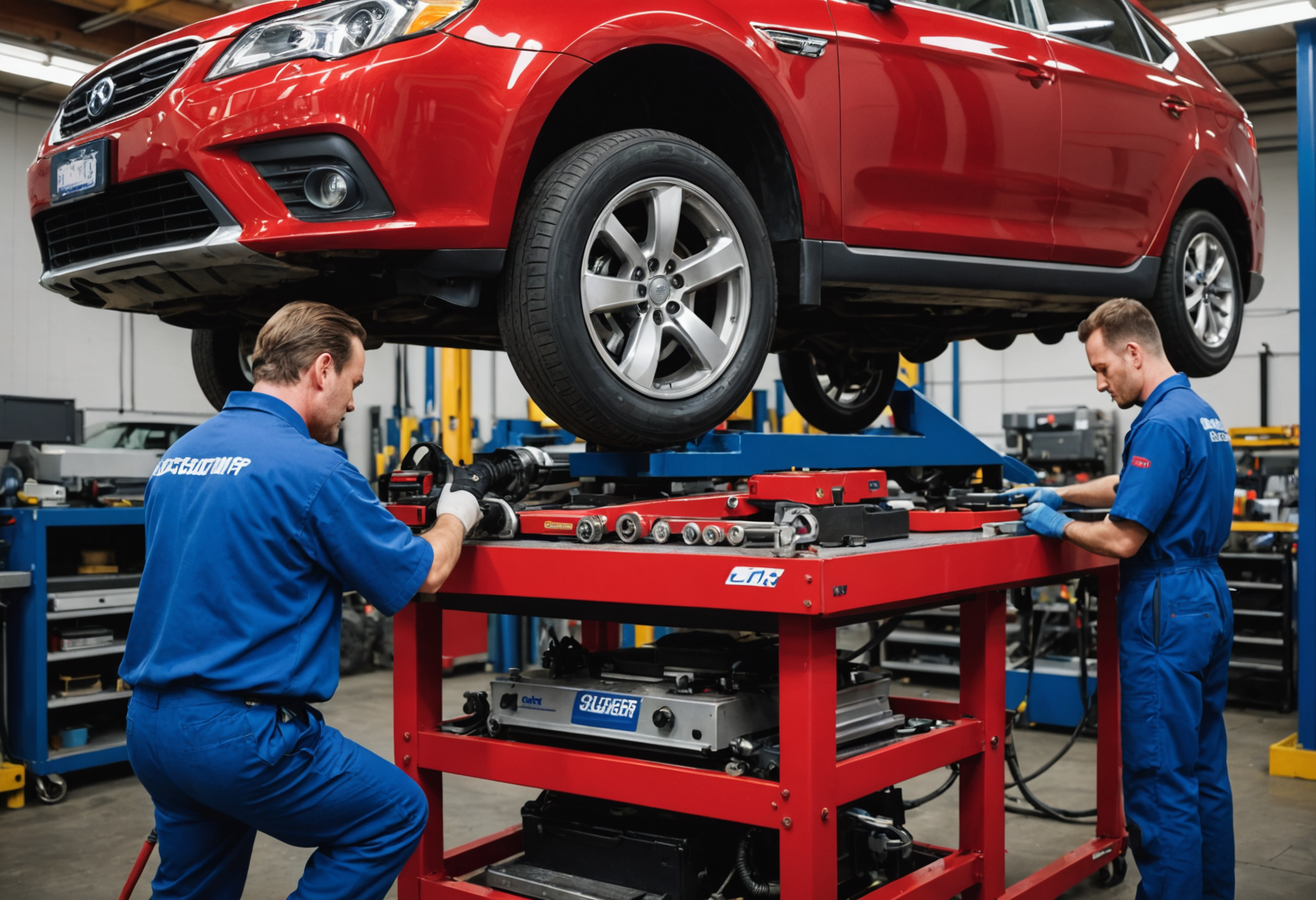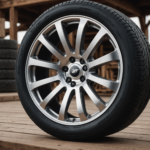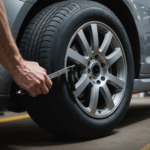Changing the size of wheels on a vehicle is a common practice among car enthusiasts and everyday drivers alike. Whether it’s for aesthetic purposes, improved performance, or better ride quality, upgrading wheel size can have significant effects on the dynamics of a vehicle. However, one crucial aspect that must not be overlooked is the alignment of the wheels after such a modification. This article explores the importance of maintaining proper alignment after changing wheel size, the potential consequences of neglecting it, and how to ensure your vehicle remains in optimal condition.
The Importance of Wheel Alignment
Wheel alignment refers to the adjustment of a vehicle’s suspension, which is the system that connects the vehicle to its wheels. Proper alignment ensures that the wheels are positioned at the correct angles relative to each other and the road. There are three main angles to concern oneself with:
- Camber: The angle of the wheel in relation to the vehicle’s body when viewed from the front. Positive camber means the top of the wheel is tilted outward, while negative camber means it tilts inward.
- Toe: The angle of the wheels when viewed from above. If the fronts of the tires point toward each other, that’s called toe-in. If they point away from each other, it’s called toe-out.
- Caster: The angle of the steering axis when viewed from the side. A positive caster means the steering pivot point is ahead of the wheel contact patch.
Maintaining proper alignment is vital for several reasons:
- Improved Handling: Proper alignment ensures that all four wheels are aligned correctly, which enhances steering response and overall handling. Poor alignment can cause the vehicle to pull to one side or feel unstable.
- Increased Tire Life: Misaligned wheels cause uneven tire wear. Proper alignment helps maximize tread life, saving drivers money on frequent tire replacements.
- Enhancing Fuel Efficiency: Vehicles that are properly aligned require less effort to move forward, which can result in better fuel efficiency. Misalignment can cause increased rolling resistance, leading to higher fuel consumption.
- Smoother Ride: Properly aligned wheels contribute to a smoother ride by minimizing vibrations and maximizing contact patch with the road.
Effects of Changing Wheel Size
When changing wheel sizes, several factors must be considered to ensure that the handling characteristics and vehicle dynamics remain consistent. Larger wheels or tires can impact alignment angles in several ways:
- Change in Suspension Geometry: Larger wheels can alter the geometry of the suspension system, which can affect camber and toe angles.
- Weight Distribution: Heavier wheels may change the vehicle’s center of gravity, impacting the way the suspension responds during driving.
- Effect on Steering and Handling: Larger wheels typically have a wider overall diameter, which can affect the steering response and handling if alignment is not adjusted accordingly.
Consequences of Neglecting Wheel Alignment
Failing to perform a wheel alignment after putting on new wheels can lead to a range of issues that can compromise safety and vehicle performance. Some of these consequences include:
1. Uneven Tire Wear
One of the most immediate effects of misalignment is uneven tire wear. Depending on the specific alignment issue, tires may wear faster on one side or across the surface, necessitating frequent replacements.
2. Poor Handling and Stability
A misaligned vehicle can lead to poor handling characteristics. This could manifest as difficulty in steering, excessive vibrations, or even instability while cornering.
3. Increased Fuel Consumption
Improper alignment can lead to increased rolling resistance. This means that the engine has to work harder to overcome the extra drag, resulting in decreased fuel efficiency.
4. Suspension Damage
Continued driving with improper alignment can strain the suspension components, leading to premature wear or failure. This could also result in costly repairs down the line.
Steps to Ensure Proper Alignment After Wheel Change
Proper alignment should always be a priority when changing wheel sizes. Follow these steps to maintain optimal performance:
1. Consult Professionals
The first step is to consult with professionals or experienced tire and wheel fitment specialists. They can offer insight into the specific alignment requirements based on the new wheel size and type.
2. Perform a Pre-Alignment Check
Before any adjustment is made, it’s crucial to perform a pre-alignment check. This involves measuring the current alignment angles and assessing the overall condition of the suspension components.
3. Adjust Alignment Angles
Based on the measurements from the pre-alignment check, make the necessary adjustments to the camber, toe, and caster angles. The optimal specifications generally depend on the vehicle model and the new wheel’s specifications.
| Vehicle Model | Camber Range | Toe Range | Caster Range |
|---|---|---|---|
| Model A | -0.5° to -1.5° | 0.05° to 0.15° | 3.5° to 5.0° |
| Model B | 0.0° to -1.0° | 0.10° to 0.20° | 4.0° to 6.0° |
| Model C | -0.3° to -0.7° | 0.00° to 0.05° | 3.0° to 4.5° |
4. Test Drive
After adjustments are made, a test drive should be conducted to ensure the alignment is correct. Pay close attention to how the vehicle handles and listen for any unusual noises, which may indicate further adjustments are necessary.
5. Monitor Alignment Regularly
Once the alignment has been established, it’s essential to monitor it regularly. Changes in driving habits, road conditions, and even the age of components can impact alignment over time.
Conclusion
Maintaining proper alignment after changing wheel size is crucial for ensuring a safe and enjoyable driving experience. The effects of misalignment can be wide-ranging, affecting tire life, fuel efficiency, and overall vehicle handling. By being diligent about performing necessary adjustments and regular monitoring, drivers can safeguard their investment in new wheels and maintain vehicle safety and performance. Prioritizing proper alignment will not only ensure optimal handling characteristics but also contribute to the longevity of the tires and various suspension components. As always, consulting with professionals and adhering to manufacturer specifications should guide all decision-making processes related to wheel size changes and subsequent alignments.















